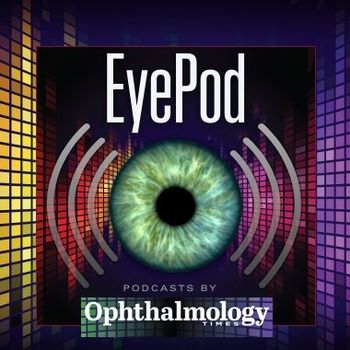
- Ophthalmology Times: October 15, 2020
- Volume 45
- Issue 17
Teleretinal screening: Effective, less costly option for DR
Process eliminates need for expensive in-person examination of patients without DR.
This article was reviewed by Delaney Curran
While effective in preserving vision, annual screening has the potential to increase medical costs.
Related:
This expense is magnified because the cost of treating DR has increased significantly due to the high cost of intravitreal anti-vascular endothelial growth factor anti-VEGF, which accounted for 22% of the Medicare Part B total drug spending in 2018, according to Delaney Curran, a medical student at Larner College of Medicine at the University of Vermont, Burlington. “This highlights the importance of controlling all costs of DR management,” Curran said.
In a study, Curran and colleagues wanted to determine how teleretinal screening would work in an accountable-care organization in which health providers are incentivized to follow models that improve the health of the population. She said this can be a better care experience for patients, and have lower costs.
The research study focused on three objectives: (1) determining the cost of teleretinal screening compared with an annual examination taking place in an ophthalmology office; (2) determining the direct medical costs that included those of anti-VEGF therapy for 1 year; and (3) the visual impairment outcomes at 1 year, Curran pointed out.
Related:
According to Curran, the investigators used software (TreeAge Pro) to compare the cost-effectiveness of teleretinal screening with that of in-person screening. This decision-tree analysis attempts to model real life through probability analysis.
In this case, the analysis would predict the endpoints of undetected retinopathy and the diagnosed and treated DR for both teleretinal screening and in-person examinations.
The outcomes included the average incremental costs and disability weight and probability that teleretinal screening is cost-saving and more effective.
The results showed that the most likely pathway indicated that 36% of patients in each intervention type will not attend their screening and will not have DR or macular edema, Curran said.
Related:
The second most likely pathway indicated that 30% will undergo teleretinal screening and not have DR and 34% will undergo an in-person examination and will not have DR or macular edema.
The average annual costs per patient for teleretinal screening and in-person screening are, respectively, $230 and $292.
On average, this amounts to a saving of $62 compared with in-person screening and a cost savings 98.4% of the time.
Teleretinal screening resulted in a lower disability weight 55.9% of the time. The patients who underwent teleretinal screening also had a lower average cost per person when the cost of screening was less than $160, Curran said.
Based on the results of the study, teleretinal screening is a cost-saving tool and less expensive than screening during an office visit. This is likely because teleretinal screening eliminates the need for more expensive in-person examination for patients who do not have DR, who comprise the majority of the population.
Related:
Anti-VEGF treatment is an expensive component of the treatment costs; however, this cost will be high regardless of the screening method. Teleretinal screening also preserves vision as effectively as in-person examinations, because of only small differences in specificity and sensitivity.
The investigators will continue with their research to determine the relative costs and vision outcomes when both interventions are available.
--
Delaney Curran
e: [email protected]
Curran has no financial interest in this subject matter
Articles in this issue
about 5 years ago
Study: Some RP abnormalities are linked with lower visual acuityabout 5 years ago
Investigators challenge IOL power calculationsabout 5 years ago
The history of progress and innovation in cataract surgeryabout 5 years ago
ICLs: Investigators finding robust and stable results over long termabout 5 years ago
Exploring four decades of change in retinaabout 5 years ago
Rejuvenation of outflow system: The time has come for procedureabout 5 years ago
Glaucoma 45 years later: Much changed, much unchangedabout 5 years ago
Celebrating a pivotal moment in laser-vision correction historyabout 5 years ago
Deep learning algorithm proven accurate for AMD classificationNewsletter
Don’t miss out—get Ophthalmology Times updates on the latest clinical advancements and expert interviews, straight to your inbox.





